Food, Athletes & Joy of Eating
Once upon a time (before WWII), daily life revolved around structured meals: enjoying a hearty breakfast, dinner (at noon), and supper (at night). When women entered the workforce, eating patterns changed — lighter breakfasts and lunches, with bigger family-focused dinners. Fast forward to pre-COVID 2020, youth sports and life’s busy-ness totally disrupted dinner-times; structured meals got lost in the shuffle.
Today (week #8 of COVID shut-down), our stay-at-home lifestyle has gifted many of us with time to cook breakfast, enjoy lunch, and have family dinners. Yet, many athletes are feeling confused and/or uneasy about how they are eating:
“I’m sleeping until 11:00 a.m. Should I eat breakfast — or lunch — when I get up?”
“I now have easy access to food given I’m working at home. I spend too much time grazing. Seems like I am hungry all the time.”
“My eating habits are weird. How should I be eating? What is “normal” eating?”
Sound familiar? To add a supportive framework, joy to meals, and answer the question What is normal eating?, I turn to eating authority Ellyn Satter, author of Secrets of Feeding a Healthy Family (a book every parent should read; EllynSatter-Institute.org).
Here is her definition of “normal eating”:
Normal eating is going to the table hungry and eating until you are satisfied. It is being able to choose food you like and eat it and truly get enough of it — not stopping eating just because you think you should.
That is, did you stop eating breakfast today because the oatmeal in your bowl was all gone? Or were you truly satiated? At the end of lunch, did you stop at your one-sandwich allotment, even though you wanted more? If you are “feeling hungry all the time,” you likely ARE hungry; your body is requesting more fuel. Trust it. You’ll end up eating more sooner or later, so please honor that hunger and eat more now.

Normal eating is being able to give some thought to your food selection so you get nutritious food, but not being so wary and restrictive that you miss out on enjoyable food. That is, have you put yourself in food jail and banned “fun foods” like cookies, cupcakes, and chips, out of fear of over-eating them? Ideally, your meal plan includes 85-90% quality foods, with 10-15% fun foods. You need not eat a perfect diet to have an excellent diet. Some “fun food” in the midst of a pandemic can be, well, fun!
Normal eating is giving yourself permission to eat sometimes because you are happy, sad, or bored, or just because it feels good. Yes, food is a way we celebrate, mourn, and entertain ourselves. Sometimes we even need a hug from food, despite being not hungry. One bowl of ice cream will not ruin your waistline nor your health forever. That said, routinely overindulging in ice cream as a means to distract yourself from life’s pain will not solve any problem. If you are using food as a drug, to not start eating can be easier than stopping once you have started.
Normal eating is mostly three meals a day, or four or five, or it can be choosing to munch along the way. Most athletes require fuel at least every 3 to 4 hours. Those who “graze all day” commonly under-eat at meals. If you stop eating because you think you should, not because you are satiated, you will feel the urge to graze. Solutions: eat the rest of your breakfast-calories for a mid-morning snack, eat an earlier lunch, or better yet, give yourself permission to eat enough satiating food at breakfast. Living hungry all the time puts a damper on your quality of life, to say nothing of impairs athletic performance.
Normal eating is leaving cookies on the plate because you know you can have some again tomorrow, or it is eating more now because they taste so wonderful. If you are banning fun foods from your house because you can’t eat just one cookie, think again. Denying yourself permission to enjoy a few cookies boosts the urge to eat the whole plateful. I call that “last chance eating.” You know, “last chance to have cookies, because tomorrow I am back on my cookie-free diet.” Depriving yourself of cookies leads to binge-eating. Try planning in forbidden foods every day. They will soon lose their power.
Normal eating is overeating at times, feeling stuffed and uncomfortable. And it can be undereating at times and wishing you had more. Normal eating is trusting your body to make up for your mistakes in eating. Yes, even normal eaters overeat. It’s normal to have too much birthday cake, too much Sunday Brunch, too much ice cream. When competent eaters overeat, they listen to their body’s signals – and notice they take longer to get hungry again. That is, if you have a hearty brunch, you will be less hungry that evening. Trust me. Rather, trust your body.
Hunger is your body’s way of telling you it has burned off what you gave it, and now it is ready for more fuel. You want to honor hunger and eat intuitively, like kids do. Kids eat matter-of-factly; they stop eating when they are content. Adults (especially weight-conscious athletes), don’t eat when they are hungry, then don’t stop when content. Rather, they “cheat” and guiltily stuff themselves with forbidden foods —last chance before the diet starts again!
Normal eating takes up some of your time and attention, but keeps its place as only one important area of your life. If you are spending 90% of your time thinking about food, you are likely hungry 90% of the time. (If humans didn’t think about food, they would never think to eat.) If you eat until you are satisfied, you will stop incessantly thinking about food. That said, food-thoughts can be a way to distract yourself from stuff you really don’t want to think about. In that case, talking with a counsellor might be helpful. Smothering your feelings with chocolate will not solve any of your problems.
In short, normal eating is flexible. It varies in response to your hunger, your schedule, your proximity to food, and your feelings. Many athletes very rigidly eat the same foods every single day. A sports nutritionist can help add variety (more nutrients), flexibility, and more joy to eating. Food can and should be one of life’s pleasures, both when training and in the midst of the pandemic.
Boston-area sports nutritionist Nancy Clark, MS, RD counsels both casual and competitive athletes, helping them learn how to eat competently. Her best-selling Nancy Clark’s Sports Nutrition Guidebook is a helpful resource. For more information, visit NancyClarkRD.com.



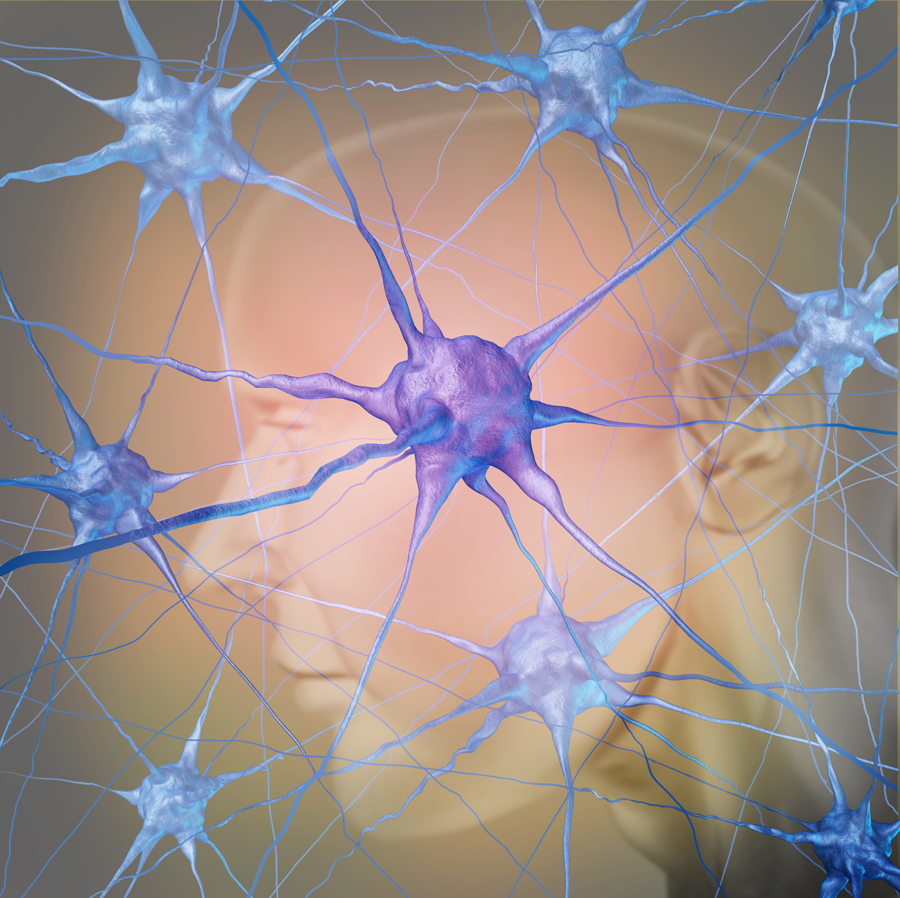
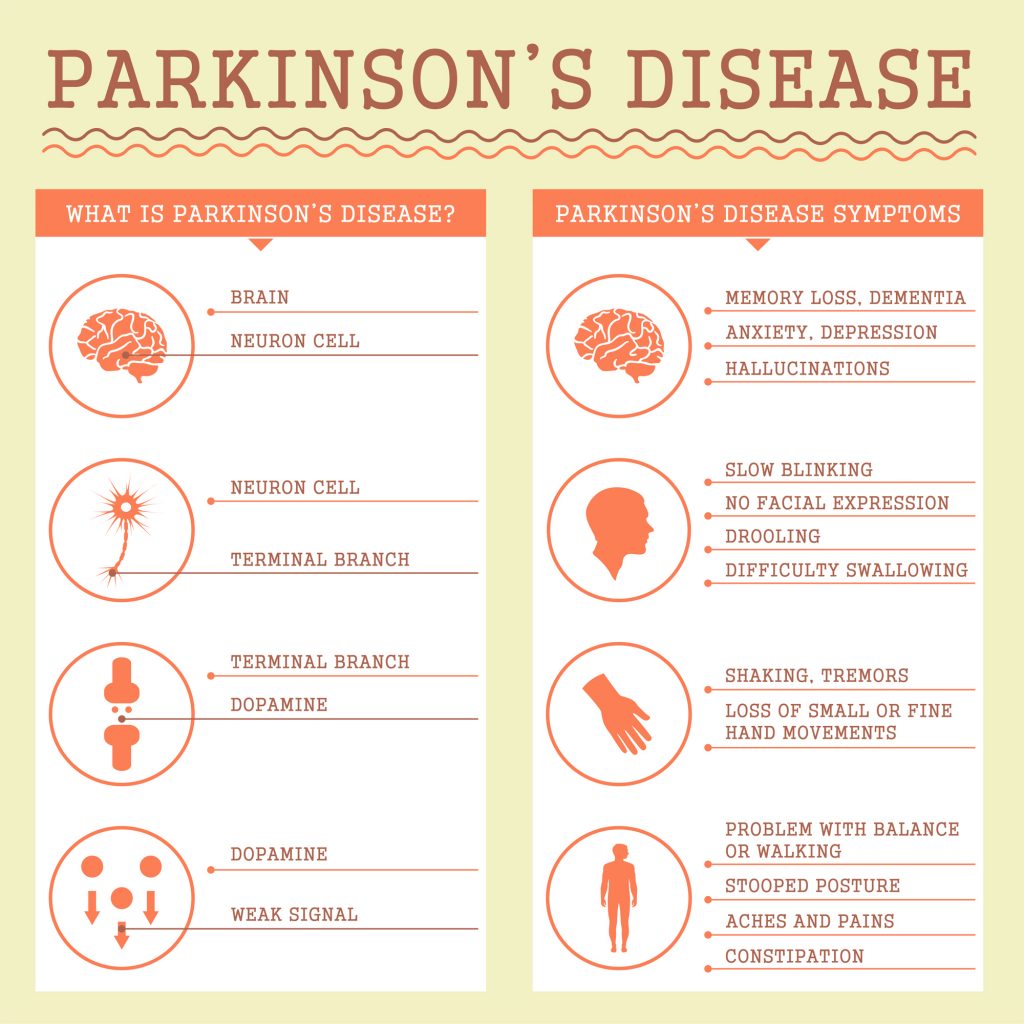

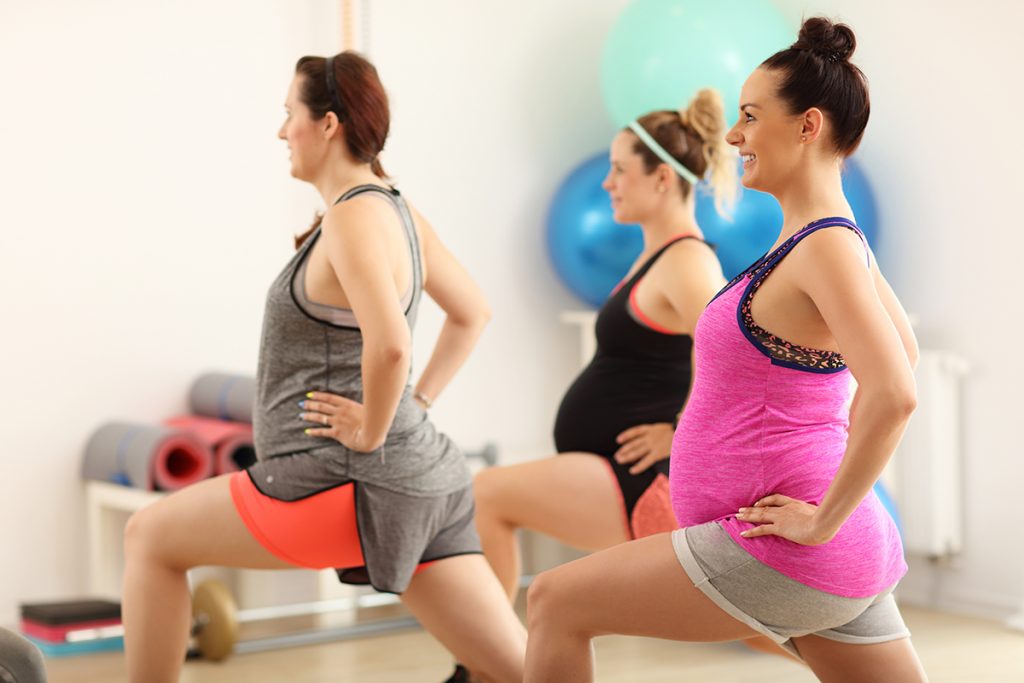 Many women enjoy downhill skiing, cross country skiing, and snowboarding, and have questions about whether it’s safe for them to continue these sports during pregnancy. The safety of these sports, as well as the effect higher altitudes, may have on pregnant women and their fetuses, are important factors to consider before taking part in high altitude snow sport activities.
Many women enjoy downhill skiing, cross country skiing, and snowboarding, and have questions about whether it’s safe for them to continue these sports during pregnancy. The safety of these sports, as well as the effect higher altitudes, may have on pregnant women and their fetuses, are important factors to consider before taking part in high altitude snow sport activities.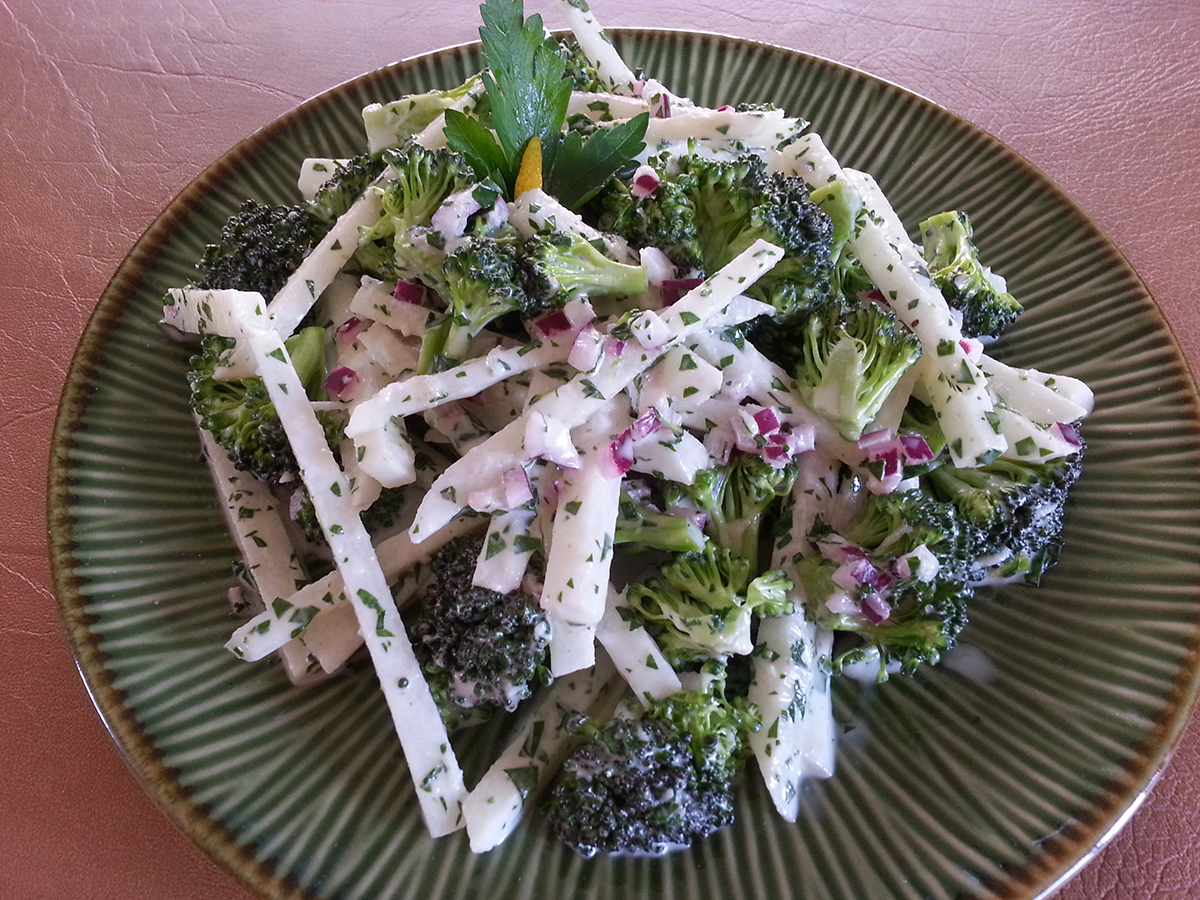
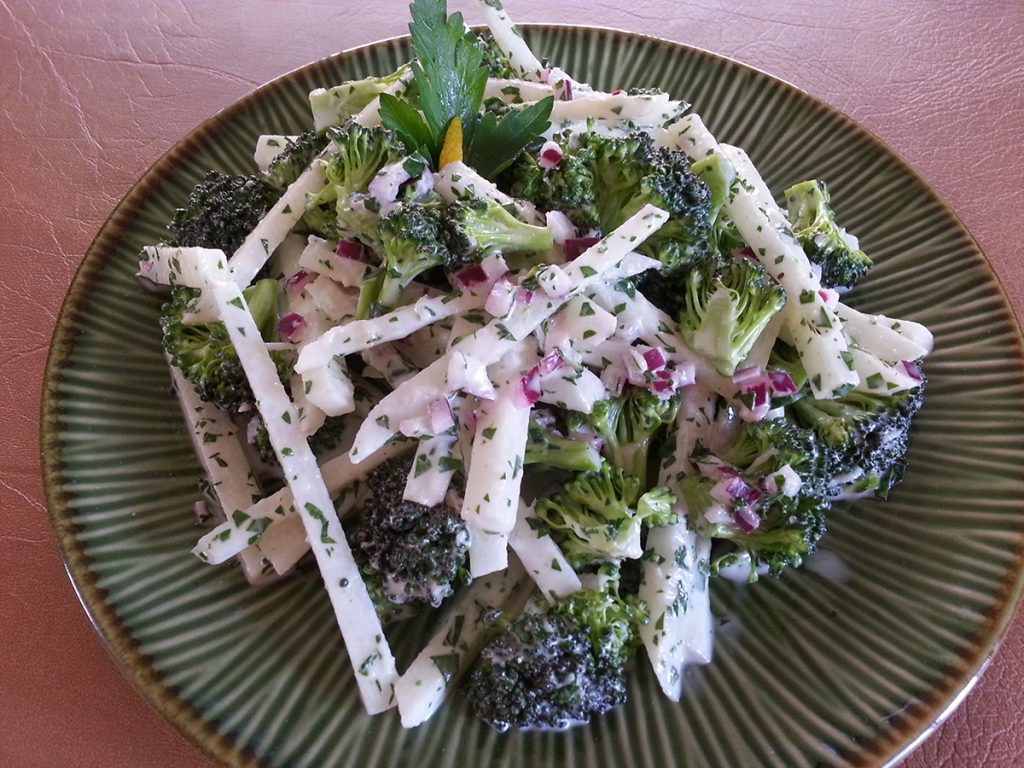 Directions
Directions

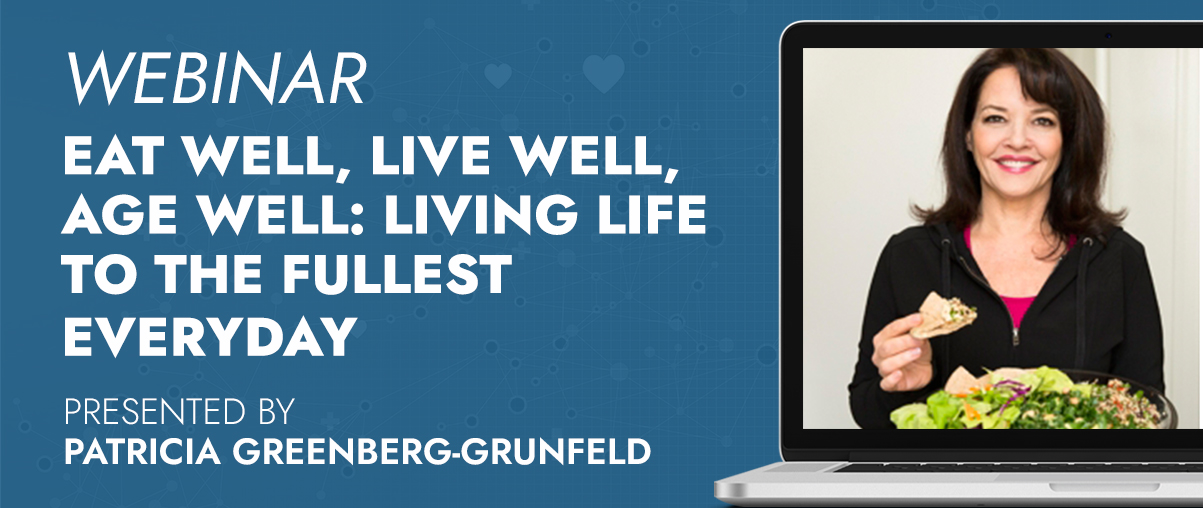



 Why are Diabetic People More in Danger?
Why are Diabetic People More in Danger?